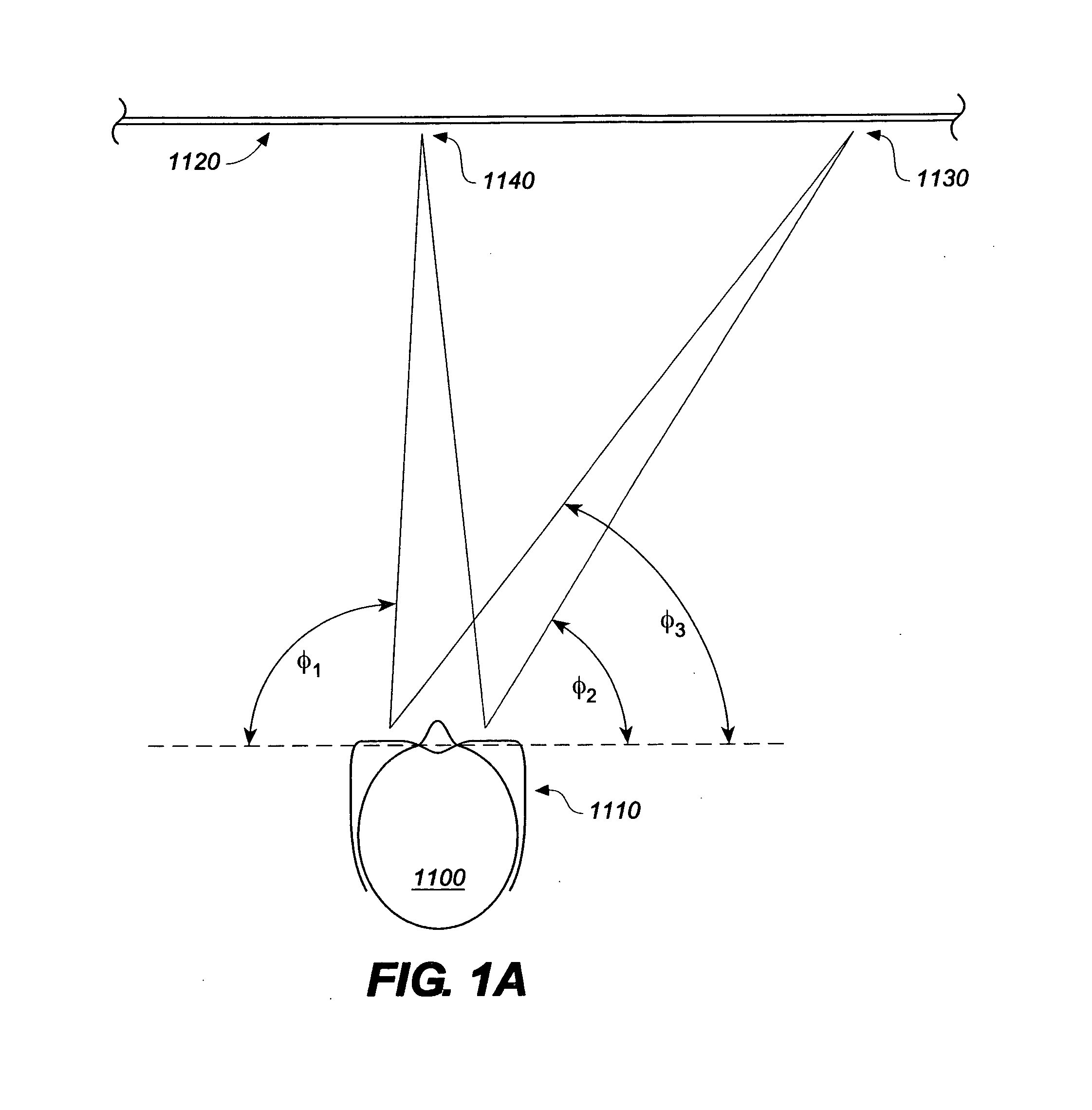System for 3D image projections and viewing
a technology of image projection and viewing system, applied in the field of viewing system, can solve the problems of low luminance efficiency of typical 3-d projection system, insufficient effective brightness, and insufficient color gamut, so as to improve efficiency, reduce the amount of color compensation, and increase the color gamut
- Summary
- Abstract
- Description
- Claims
- Application Information
AI Technical Summary
Benefits of technology
Problems solved by technology
Method used
Image
Examples
Embodiment Construction
[0052]This invention addresses some of the problems with the Spectral Separation method for projecting 3D images, specifically this invention aims to improve the off-axis filter characteristics when thin film dielectric (interference) filters (e.g., right eye and left eye filters) are used to implement eyewear (e.g., glasses) for viewing spectrally separated images.
[0053]When light passes through an interference filter at a non-normal angle, the filter characteristics (response shapes, not to be confused with the physical shape of the filter) are changed, and the entire spectral filter response is shifted toward shorter wavelengths (toward the blue). The filter characteristic response shapes are also adversely affected at larger angles. This is a fundamental attribute of interference filters, and can be compensated for by designing the filter for a specific angle if all of the rays are parallel. In cases where the light bundle is not parallel, as in the case with the use of 3-D glas...
PUM
 Login to View More
Login to View More Abstract
Description
Claims
Application Information
 Login to View More
Login to View More - R&D
- Intellectual Property
- Life Sciences
- Materials
- Tech Scout
- Unparalleled Data Quality
- Higher Quality Content
- 60% Fewer Hallucinations
Browse by: Latest US Patents, China's latest patents, Technical Efficacy Thesaurus, Application Domain, Technology Topic, Popular Technical Reports.
© 2025 PatSnap. All rights reserved.Legal|Privacy policy|Modern Slavery Act Transparency Statement|Sitemap|About US| Contact US: help@patsnap.com



